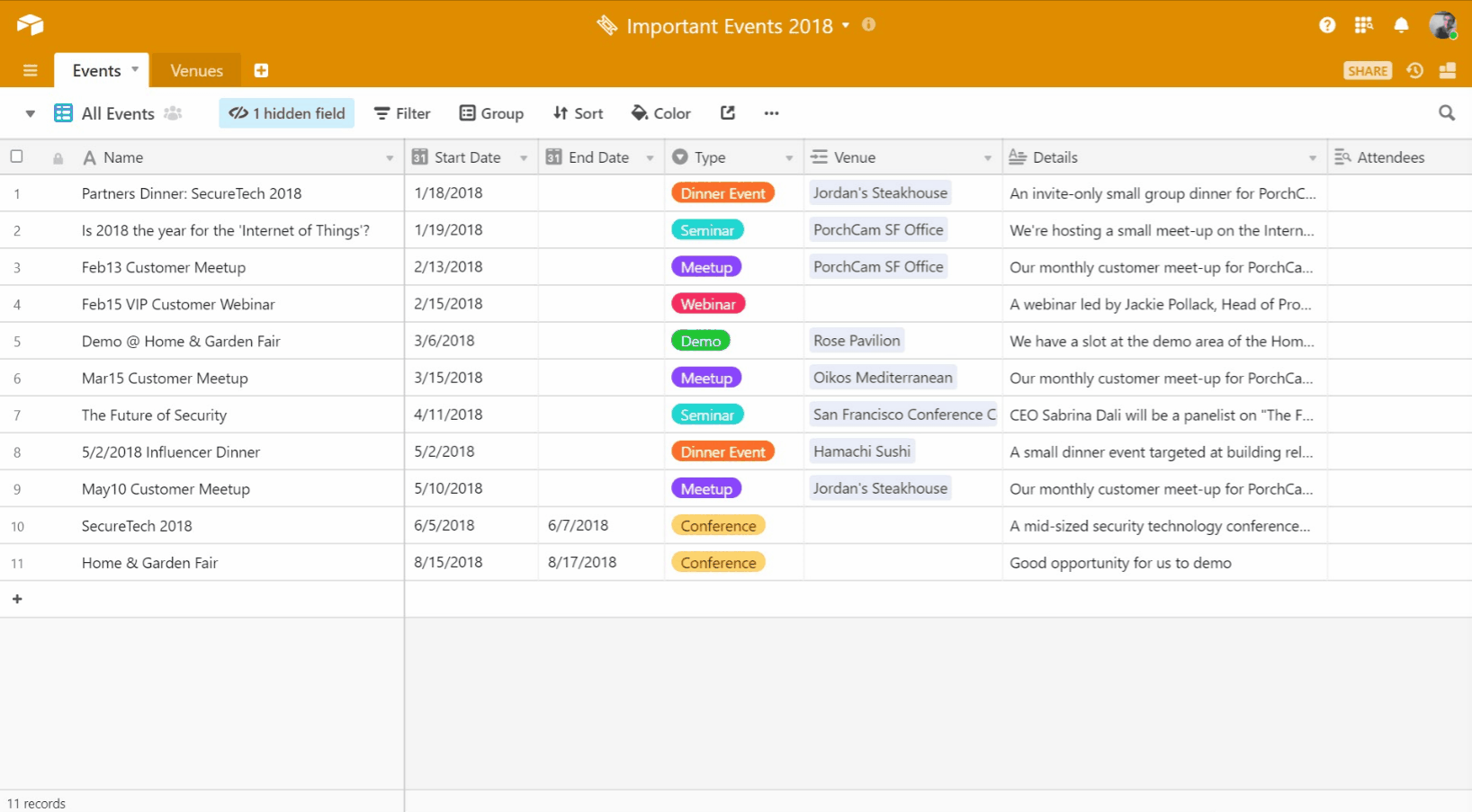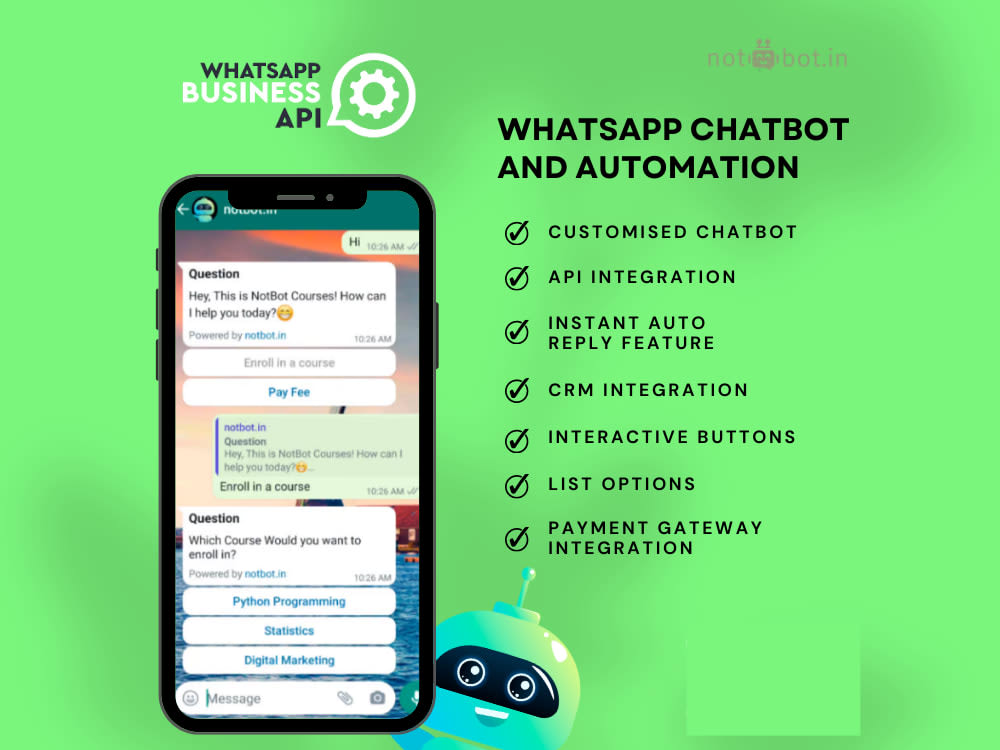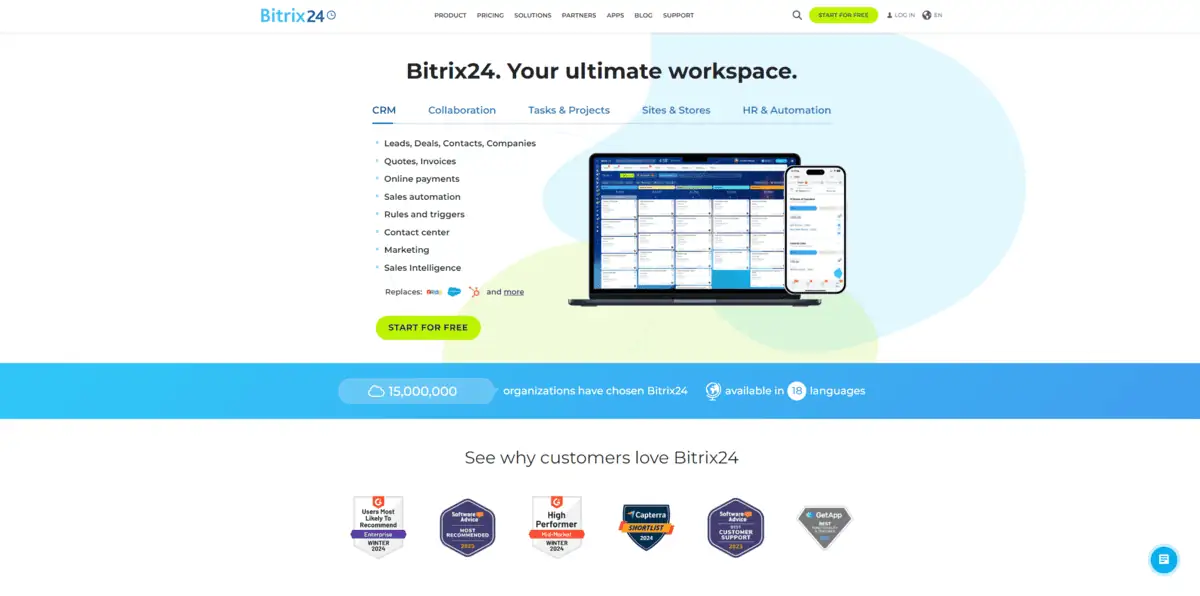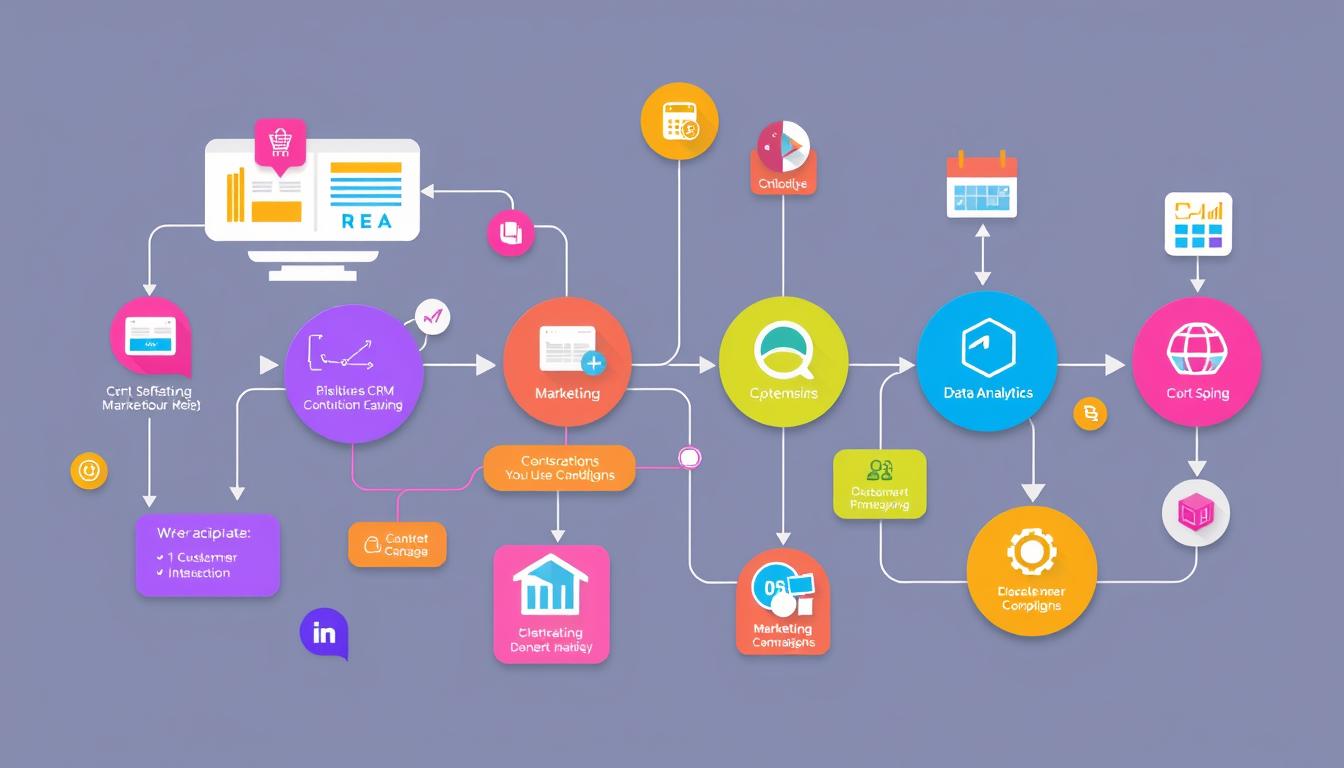Small Business CRM Implementation Guide: Your Step-by-Step Blueprint for Success

Introduction: Why Your Small Business Needs a CRM
Starting and running a small business is a rollercoaster. One minute you’re celebrating a new client, the next you’re juggling invoices, marketing campaigns, and follow-ups. It’s a lot to handle! That’s where a Customer Relationship Management (CRM) system comes in. Think of it as your business’s central nervous system, connecting all the vital functions.
A CRM isn’t just for big corporations; it’s a game-changer for small businesses. It helps you manage customer interactions, track leads, automate tasks, and ultimately, boost sales. Without a CRM, you’re likely missing opportunities, letting leads slip through the cracks, and wasting valuable time on manual processes. This guide will walk you through everything you need to know about implementing a CRM, so you can take control of your customer relationships and drive growth.
Chapter 1: Understanding the Benefits of a CRM for Small Businesses
Before we dive into the how-to, let’s talk about the why. What exactly does a CRM do for a small business? The benefits are numerous, but here are some of the most significant:
- Improved Customer Relationships: A CRM centralizes all customer data – contact information, purchase history, communication logs, and more. This gives you a 360-degree view of each customer, enabling you to personalize interactions and build stronger relationships.
- Increased Sales: By tracking leads, managing the sales pipeline, and automating follow-ups, a CRM helps you close more deals. You can identify high-potential leads, nurture them with targeted content, and guide them through the sales process.
- Enhanced Efficiency: Automate repetitive tasks like data entry, email marketing, and appointment scheduling. This frees up your team to focus on more strategic activities, like building relationships and closing sales.
- Better Data Management: Say goodbye to scattered spreadsheets and lost contact information. A CRM provides a centralized, organized database of all your customer data, making it easy to find the information you need, when you need it.
- Improved Team Collaboration: With a shared view of customer interactions and sales progress, your team can collaborate more effectively. Everyone stays informed, and nothing falls through the cracks.
- Data-Driven Decision Making: CRM systems offer powerful reporting and analytics features. You can track key metrics, identify trends, and make data-driven decisions to improve your sales and marketing efforts.
Chapter 2: Choosing the Right CRM for Your Small Business
Selecting the right CRM is crucial. The market is flooded with options, so how do you choose the one that’s right for your small business? Here’s a step-by-step approach:
Step 1: Assess Your Needs and Goals
Before you start looking at CRM options, take some time to define your needs and goals. What problems are you trying to solve? What do you want to achieve with a CRM? Consider the following questions:
- What are your current pain points? Are you struggling with lead management, customer communication, or sales tracking?
- What are your key business goals? Do you want to increase sales, improve customer retention, or streamline your marketing efforts?
- What features do you need? Make a list of essential features, such as contact management, sales pipeline management, email marketing integration, and reporting.
- How many users will need access to the CRM? This will influence the pricing and the complexity of the system you choose.
- What is your budget? CRM pricing varies widely, from free options to enterprise-level solutions. Determine your budget upfront.
Step 2: Research CRM Vendors
Once you have a clear understanding of your needs, it’s time to research CRM vendors. Here are some popular options for small businesses:
- HubSpot CRM: A popular choice for its free plan and user-friendly interface. Offers a wide range of features, including contact management, sales pipeline management, and email marketing integration.
- Zoho CRM: A comprehensive CRM with a strong focus on sales automation and workflow customization. Offers a free plan and a variety of paid plans to suit different needs.
- Pipedrive: A sales-focused CRM designed to help sales teams manage their pipelines and close deals. Easy to use and offers a visual sales pipeline interface.
- Salesforce Sales Cloud: A more robust and feature-rich CRM, suitable for growing businesses. Offers a wide range of customization options and integrations.
- Freshsales: Designed with simplicity in mind, Freshsales offers a user-friendly interface and a focus on sales automation.
Step 3: Evaluate and Compare CRM Options
Create a spreadsheet to compare the different CRM options based on the features you need, your budget, and user reviews. Consider the following factors:
- Features: Does the CRM offer the features you need, such as contact management, sales pipeline management, email marketing integration, and reporting?
- Ease of Use: Is the CRM user-friendly and easy to navigate?
- Pricing: Does the pricing fit your budget?
- Integrations: Does the CRM integrate with your existing tools, such as email marketing platforms, accounting software, and social media channels?
- Customer Support: Does the vendor offer adequate customer support?
- Scalability: Can the CRM grow with your business?
- Reviews: Read reviews from other small businesses to get an idea of their experiences.
Step 4: Request Demos and Trials
Once you’ve narrowed down your options, request demos or free trials from the vendors. This will allow you to get hands-on experience with the CRM and see how it works. Don’t be afraid to ask questions and test out the features that are most important to you.
Chapter 3: Planning Your CRM Implementation
Implementing a CRM is more than just signing up for a new software. It’s a process that requires careful planning and execution. Here’s how to plan for a successful implementation:
Step 1: Define Your Implementation Strategy
Decide on your implementation strategy. Will you implement the CRM all at once (big bang approach) or in phases (phased approach)? The phased approach is generally recommended for small businesses, as it allows you to roll out the CRM gradually and minimize disruption. This allows for more streamlined training and troubleshooting.
Step 2: Identify Your Data Sources
Where is your customer data currently stored? Identify all your data sources, such as spreadsheets, email contacts, and other databases. This will help you determine how to import your data into the CRM.
Step 3: Clean and Organize Your Data
Before importing your data, clean and organize it. This includes removing duplicates, correcting errors, and standardizing your data format. This will ensure that your data is accurate and consistent in the CRM.
Step 4: Customize Your CRM
Most CRM systems allow you to customize the system to fit your specific business needs. This includes adding custom fields, creating workflows, and configuring reports. Take the time to customize your CRM to ensure it meets your requirements.
Step 5: Develop a Training Plan
Training is crucial for CRM adoption. Develop a training plan to ensure that your team knows how to use the CRM effectively. Provide training materials, such as user manuals and video tutorials. Consider offering different training sessions for different user roles.
Chapter 4: The CRM Implementation Process: A Step-by-Step Guide
Now that you’ve planned, let’s walk through the actual implementation process. This is where the rubber meets the road. Here’s a step-by-step guide:
Step 1: Data Migration
The first step is migrating your data from your existing sources into the CRM. This can be a tedious process, so take your time and double-check your work. Most CRM systems offer import tools to make this easier. Here’s how to approach data migration:
- Prepare your data: Clean and format your data to match the CRM’s required format.
- Choose your import method: Decide whether to import manually or use an automated import tool.
- Test the import: Before importing all your data, test the import with a small sample to ensure that everything is working correctly.
- Import your data: Once you’re confident that everything is working correctly, import the rest of your data.
- Verify the data: After importing, verify the data to ensure that everything has been imported correctly.
Step 2: User Training
Training is critical for user adoption. The more comfortable your team is with the CRM, the more likely they are to use it effectively. Provide comprehensive training that covers all the features and functionalities of the CRM. Consider the following:
- Develop a training plan: Outline the training objectives, the target audience, and the training methods.
- Create training materials: Develop user manuals, video tutorials, and cheat sheets to help users learn the CRM.
- Conduct training sessions: Offer both in-person and online training sessions to accommodate different learning styles.
- Provide ongoing support: Offer ongoing support to users, such as a help desk or FAQs, to answer their questions and address any issues.
Step 3: System Configuration
Configure the CRM to align with your business processes and workflows. This includes customizing fields, setting up user roles and permissions, and configuring integrations. Think of this as tailoring the CRM to fit your specific needs.
- Customize fields: Add custom fields to capture specific information relevant to your business.
- Set up user roles and permissions: Define user roles and assign permissions to control access to data and features.
- Configure integrations: Integrate the CRM with your existing tools, such as email marketing platforms and accounting software.
- Automate workflows: Set up workflows to automate repetitive tasks, such as lead assignment and follow-up emails.
Step 4: Testing and Refinement
Before going live, thoroughly test the CRM to ensure that everything is working correctly. This includes testing data import, user access, and workflow automation. Identify and fix any issues before launching the system.
- Test data import: Verify that all data has been imported correctly.
- Test user access: Ensure that users can access the features and data they need.
- Test workflow automation: Verify that workflows are running correctly.
- Refine the system: Based on the testing results, refine the system and make any necessary adjustments.
Step 5: Go Live and Monitor
Once you’ve completed all the steps, it’s time to go live! Launch the CRM to your team and provide ongoing support. Monitor the system’s performance and make adjustments as needed.
- Go live: Announce the launch of the CRM to your team and provide clear instructions on how to use it.
- Provide ongoing support: Offer ongoing support to users, such as a help desk or FAQs, to answer their questions and address any issues.
- Monitor performance: Track key metrics, such as user adoption and sales performance, to measure the CRM’s effectiveness.
- Make adjustments: Based on the monitoring results, make adjustments to the system as needed.
Chapter 5: Maximizing CRM Adoption and Usage
Implementing a CRM is only the first step. The real challenge is getting your team to actually use it. Here’s how to maximize CRM adoption and usage:
- Lead by Example: Demonstrate the value of the CRM by using it yourself and encouraging your team to do the same.
- Provide Ongoing Training: Offer ongoing training and support to help users stay up-to-date on the CRM’s features and functionalities.
- Make it Easy to Use: Simplify the CRM and customize it to fit your team’s workflow.
- Incentivize Usage: Reward users for using the CRM and achieving their goals.
- Gather Feedback: Regularly gather feedback from users to identify areas for improvement.
- Celebrate Successes: Recognize and celebrate the successes of your team in using the CRM.
- Integrate, Integrate, Integrate: The more your CRM integrates with other tools your team uses, the more likely they are to adopt it.
Chapter 6: Measuring CRM Success and ROI
How do you know if your CRM implementation is successful? It’s essential to measure your results and track your return on investment (ROI). Here’s how:
- Define Key Performance Indicators (KPIs): Identify the key metrics that you want to track, such as sales revenue, customer retention rate, lead conversion rate, and customer satisfaction.
- Track Data: Regularly track your KPIs using the CRM’s reporting and analytics features.
- Analyze Results: Analyze your results to identify trends and areas for improvement.
- Calculate ROI: Calculate your ROI by comparing the costs of implementing and using the CRM to the benefits you’ve achieved, such as increased sales and improved efficiency.
- Continuously Improve: Use your data to continuously improve your CRM usage and optimize your sales and marketing efforts.
Chapter 7: Common CRM Implementation Challenges and How to Overcome Them
Implementing a CRM isn’t always smooth sailing. Here are some common challenges and how to overcome them:
- Poor Data Quality: Ensure that your data is clean, accurate, and consistent. Implement data validation rules and regularly clean your data.
- Lack of User Adoption: Provide adequate training, incentivize usage, and make the CRM easy to use.
- Insufficient Customization: Customize the CRM to fit your specific business needs.
- Integration Issues: Carefully plan your integrations and test them thoroughly.
- Complexity: Choose a CRM that’s appropriate for your business size and complexity. Simplify the CRM and customize it to fit your team’s workflow.
- Budget Overruns: Carefully plan your budget and stick to it.
- Resistance to Change: Communicate the benefits of the CRM and involve your team in the implementation process.
Conclusion: Your CRM Journey Starts Now
Implementing a CRM is a significant step toward growing your small business. By following this guide, you can choose the right CRM, plan your implementation effectively, and maximize user adoption. Remember to focus on your customers, track your results, and continuously improve your CRM usage. Your journey to better customer relationships and increased sales starts now!
Final Thoughts: Don’t be intimidated by the process. Implementing a CRM is an investment in your business’s future. By taking the time to plan, implement, and optimize your CRM, you can build stronger customer relationships, streamline your sales and marketing efforts, and drive sustainable growth. Good luck!




